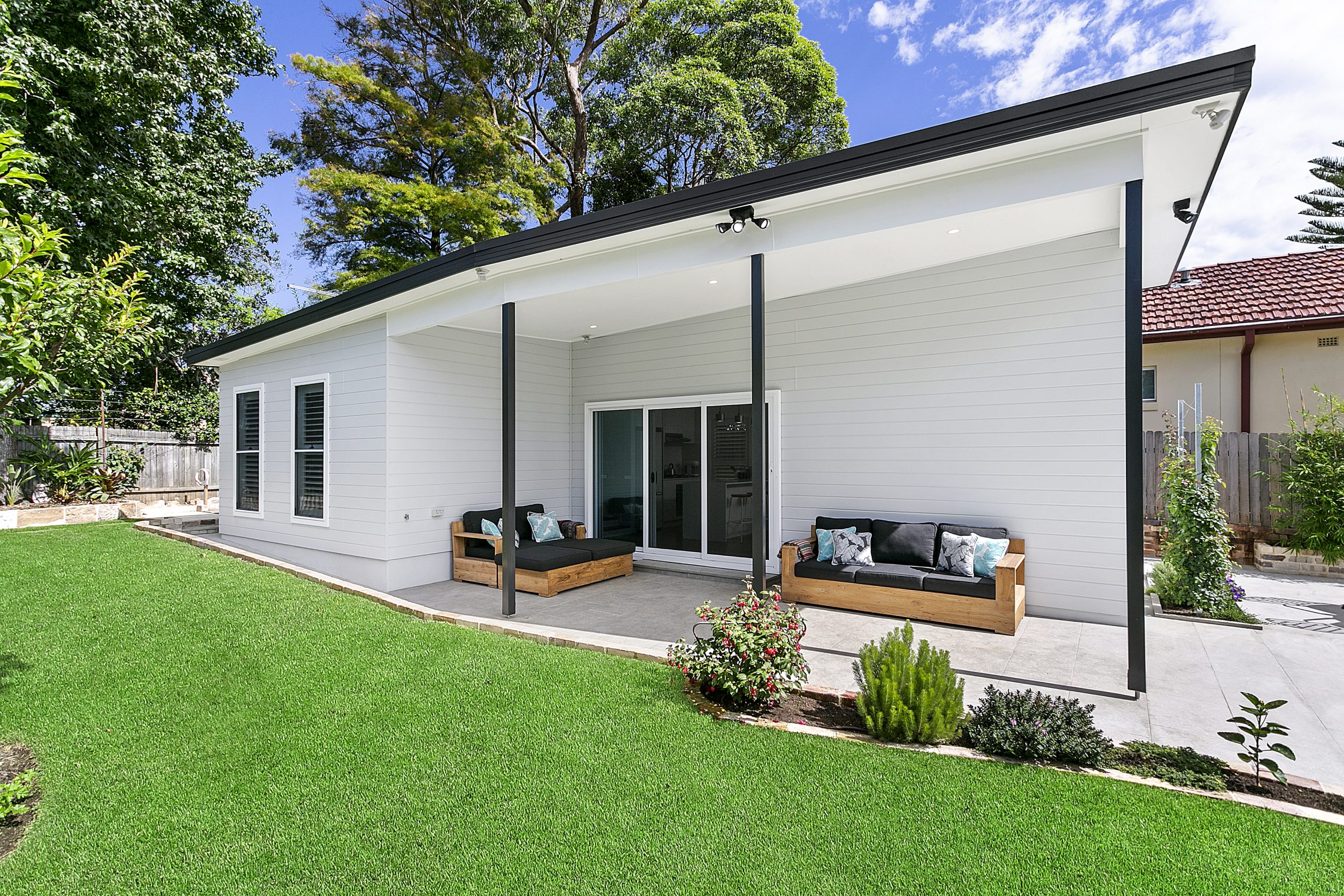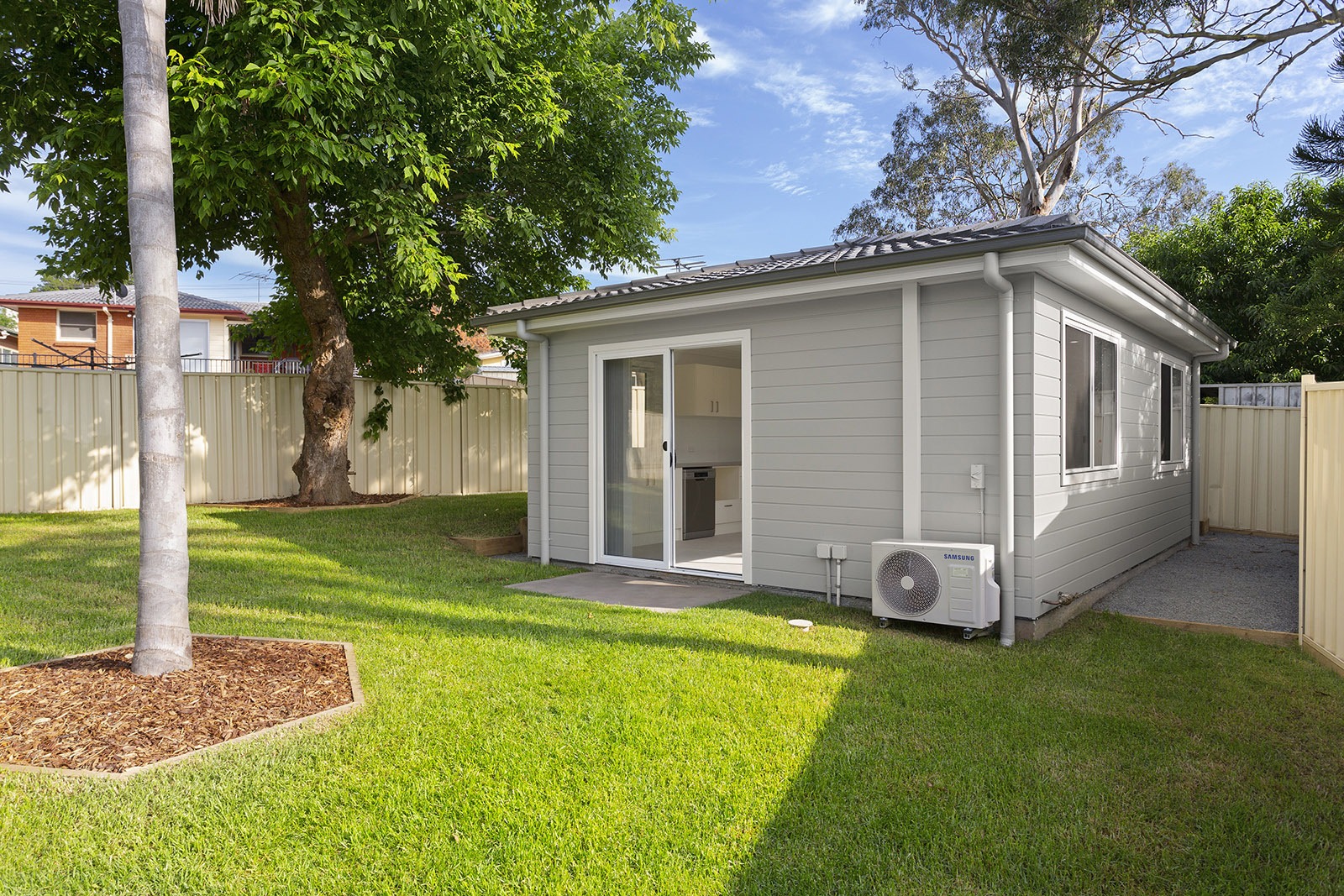



Get in touch
with us today…
Contact us for a private viewing to see a granny flat in your area today!

Employment Opportunities
We are always open to hiring motivated and creative workers who share our same passion to provide high-quality dwellings and attentive customer service.
If you are interested, please submit your details and resume.
Designing a Granny Flat for Accessibility and Comfort

Granny Flats have become a popular solution for housing flexibility in Australia. They offer cost-effective, functional spaces that support multi-generational living and passive income opportunities. However, as housing needs shift towards inclusivity, designing a Granny Flat for accessibility and comfort is more important than ever.
This article explores what Accessible Granny Flats are, the benefits they offer, and key design considerations to ensure these homes provide safe and comfortable living environments for people of all ages and abilities.
What is an Accessible Granny Flat?
An Accessible Granny Flat is a self-contained living space designed with features that accommodate people with mobility challenges, the elderly, or those who simply prefer a more comfortable living environment.
These dwellings often feature wider doorways, step-free entry points, and thoughtful layout choices to maximise functionality and safety. Accessibility features can also be seamlessly integrated without compromising the aesthetic appeal of the home.
Who Benefits from Accessible Granny Flats?
The advantages of designing a granny flat for accessibility extend beyond a single demographic:
- Elderly family members: Provide a safe, independent living space for ageing parents who may require mobility-friendly features.
- People with disabilities: Offer a home environment that caters to specific physical needs.
- Future-proof homeowners: Prepare for changing family dynamics by including universal design elements from the start.
Homeowners seeking rental income: Cater to a wider tenant base, including older tenants or those seeking a more comfortable living space.

Key Granny Flat Design Considerations for Accessibility
1. Entryways and Pathways
Ensure step-free access from the street or main dwelling with level pathways and ramps where necessary. Doorways should be wide enough to accommodate wheelchairs and walkers, ideally 850mm or wider.
2. Interior Layout
Design open-plan living spaces to allow free movement. Position frequently used areas on a single level to eliminate the need for stairs.
3. Bathroom Features
Include grab rails near the toilet and shower, a step-free shower area, and non-slip flooring to prevent accidents.
4. Kitchen Design
Install benchtops and cupboards at varying heights to accommodate seated and standing users. Opt for lever-style taps and easy-to-reach appliances.
5. Lighting and Visibility
Incorporate bright, natural lighting and motion-sensor lights for improved safety. Ensure switches are at an accessible height.
6. Smart Home Technology
Consider features such as voice-activated lights, automated blinds, and video doorbells to enhance convenience and safety.
Building Your Accessible Granny Flat Legally
When designing a Granny Flat for accessibility, it’s essential to be informed about local building codes and guidelines. The Australian National Construction Code (NCC) and relevant standards, such as AS 4299 (Adaptable Housing), provide guidance on creating inclusive housing.
Approval Process
- Complying Development Certificate (CDC): If your Granny Flat meets zoning and design regulations, you may avoid lodging a Development Application (DA) with the council.
- Development Application (DA): For builds that don’t meet CDC requirements, consult with your local council for approvals.
FAQs about Accessible Granny Flats
How much does it cost to design an accessible Granny Flat?
The cost will depend on the size, design complexity, and materials chosen. Accessible features may add to the initial expense but provide long-term benefits and potential savings.
Can I retrofit an existing Granny Flat for accessibility?
Yes, many accessibility features can be added to existing structures. However, it’s often more cost-effective to incorporate these elements during the design and construction phases.
Are there government incentives for accessible housing?
In some cases, grants or financial assistance may be available. Check with your state or local government for details.
What is universal design, and how does it relate to Granny Flats?
Universal design involves creating environments that are accessible and functional for everyone, regardless of age or ability. Many accessible Granny Flat features align with universal design principles.
Discover Comfortable, Accessible Living
An accessible Granny Flat not only adds value to your property but also creates a welcoming and inclusive space for residents. Whether you’re planning for ageing family members or simply want a future-proof living solution, designing with accessibility in mind is a smart and compassionate choice.
Contact us today to explore high-quality Granny Flat designs tailored to your needs!
Ready to start your building journey? Chat to our team of experts today and get a FREE personalised quote
Find Out More
“Experience the difference for yourself.”
Call 02 9481 7443 or contact us online now to book your free site inspection and quote.







